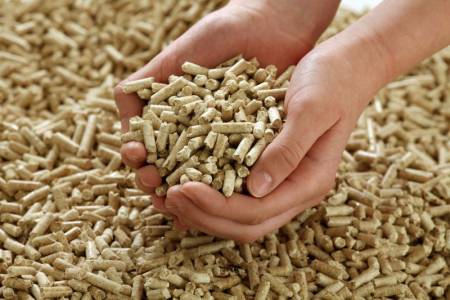Description
Wheat: The Foundation of Flour and More
Wheat ( Triticum spp.) is a versatile cereal grain, cultivated worldwide for its nutritional value and diverse applications. This detailed description explores the characteristics, uses, and benefits of this staple crop.
Types of Wheat:
Wheat comes in various types, each with distinct characteristics affecting its final product:
- Hard Red Winter Wheat: Known for its high protein content, ideal for bread making, lending strength and elasticity to the dough. Its reddish hue is due to the bran's pigmentation.
- Hard Red Spring Wheat: Another high-protein wheat, often preferred for strong breads and rolls due to its strong gluten development. Harvested in the spring, it tends to have a slightly different flavor profile than winter wheat.
- Soft Red Winter Wheat: Lower in protein than hard wheats, making it suitable for pastries, cakes, and crackers where a tender crumb is desired. Its lower gluten content results in a softer texture.
- White Wheat: Similar to soft red winter wheat in protein content, offering a milder flavor and lighter color. Often used in baked goods for a softer texture and appealing appearance.
- Durum Wheat: A high-protein wheat characterized by its hard, glassy kernels. Primarily used for pasta production due to its ability to create a firm, chewy texture.
Nutritional Benefits:
While the nutritional composition varies slightly among wheat types, generally, wheat provides:
- Carbohydrates: A primary source of energy.
- Protein: Though not a complete protein, it contains essential amino acids. The protein content differs significantly between wheat types.
- Fiber: Promotes digestive health and helps regulate blood sugar levels. The bran layer of the wheat kernel is particularly rich in fiber.
- Vitamins and Minerals: Wheat contains small amounts of various vitamins and minerals, including thiamin, niacin, riboflavin, and iron. However, refinement processes often remove a significant portion of these nutrients. Whole wheat is significantly more nutrient-dense than refined wheat flour.
Uses:
Wheat is a cornerstone ingredient in countless foods:
- Flour: The most prevalent use, forming the basis for bread, pasta, pastries, cakes, crackers, and many other baked goods. Different wheat types yield flours with varying properties.
- Breakfast Cereals: A key component in numerous breakfast cereals, offering carbohydrates and fiber.
- Animal Feed: A significant portion of wheat production is used as feed for livestock.
- Beer Production: Malt, made from germinated barley, is often supplemented or even replaced with malted wheat in beer brewing.
Choosing Wheat and Wheat Products:
When selecting wheat or wheat-based products, consider:
- Type of Wheat: The type of wheat influences the final product's texture and flavor.
- Whole Wheat vs. Refined Wheat: Whole wheat retains the bran and germ, providing more fiber and nutrients than refined wheat flour.
- Source and Sustainability: Look for sustainably sourced wheat from responsible farmers.
Wheat is a fundamental component of many diets worldwide, offering a source of energy and various nutrients. Understanding the different types and their characteristics empowers consumers to make informed choices based on their dietary needs and preferences.
